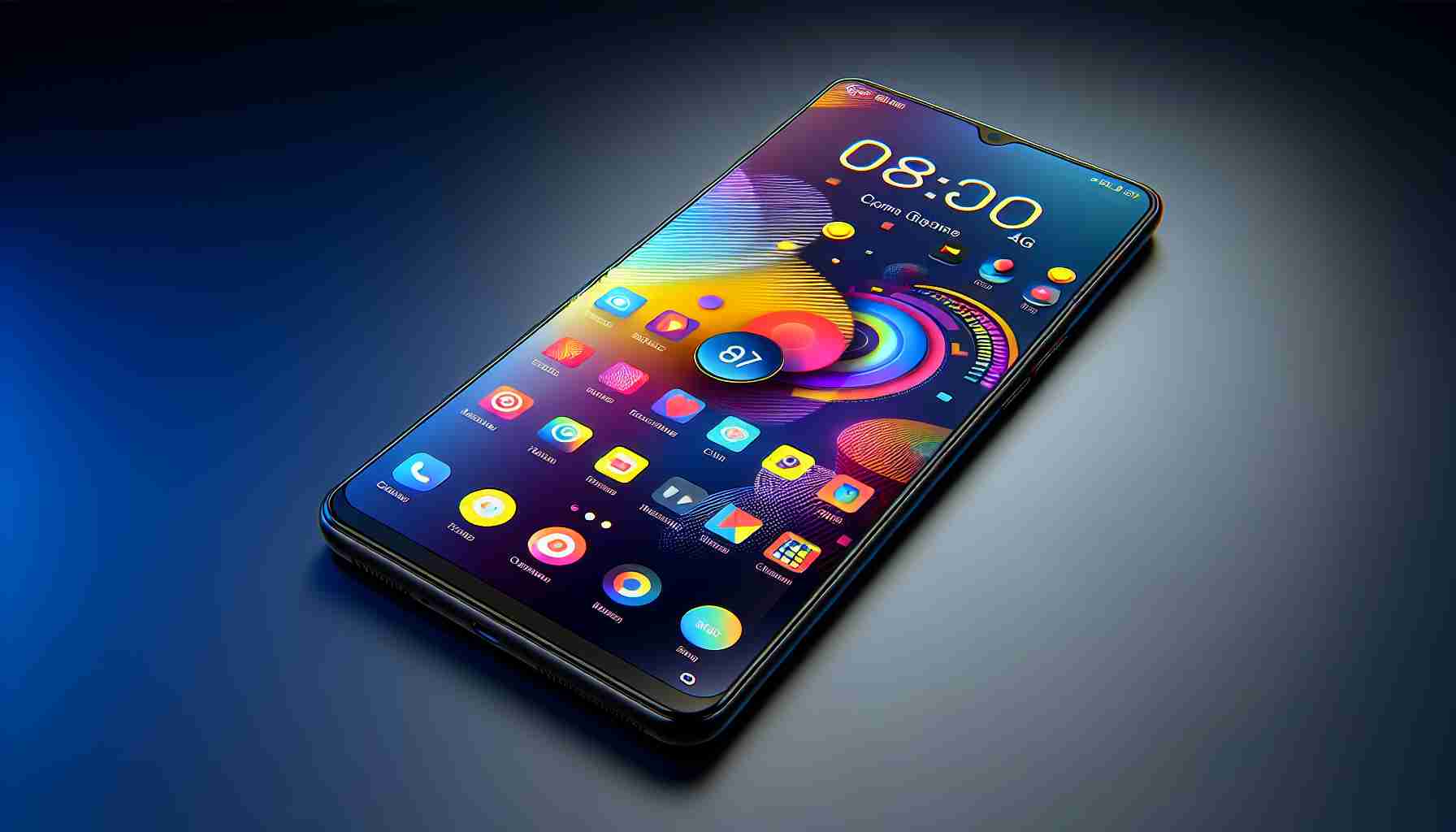Poco welcomes the latest addition to the M6 series in the Italian market, the Poco M6 4G. This base model rounds up the series that began with the Poco M6 Pro, and it bears a close resemblance to the recently announced Redmi 13 4G in terms of key specifications.
With an expansive 6.79-inch Full HD LCD IPS display and a smooth 90 Hz refresh rate, the device promises an immersive viewing experience. At its heart lies the MediaTek Helio G91-Ultra chipset, coupled with up to 8 GB of RAM and a maximum of 256 GB storage capacity, albeit of the slower eMMC 5.1 variety, yet expandable up to 1 TB via microSD card for additional space.
Photography enthusiasts can enjoy a dual-camera setup featuring a powerful 108 MP main sensor for high-resolution snaps and a 2 MP macro lens for close-up shots. While the battery capacity stands at a substantial 5,030 mAh, the phone does not shy away from offering fast charging at 33 watts—a notable perk in its class. Other conveniences include a 3.5 mm audio jack and an IR emitter, which allows the phone to double as a remote control.
The Poco M6 4G is not readily available on Amazon yet, but it is open for pre-orders on Xiaomi’s official website, and the launch is expected in mere days. The retail prices are set at €169.90 for the 6+128 GB variant and €189.90 for the 8+256 GB version, with promotional discounts and complimentary Redmi Buds 4 Active earphones for those who act quickly.
With three color options—Black, Purple, and Silver—free shipping, and an official site launch promo, this attractive package positions the Poco M6 4G as a strong competitor in the current market.
Most Important Questions and Answers:
Q1: What is the Poco M6 4G and how does it fit within the Poco lineup?
A1: The Poco M6 4G is the latest smartphone addition to the Poco M series. It is positioned as the base model and caters to users looking for feature-packed smartphones at a competitive price. The Poco M6 4G complements the higher-tier Poco M6 Pro in the series.
Q2: How does the Poco M6 4G compare to its competition?
A2: The Poco M6 4G competes directly with other budget-friendly smartphones, offering features such as a large Full HD display, a high-resolution main camera, and a sizeable battery with fast charging at a competitive price point.
Key Challenges or Controversies:
Among the challenges faced by the Poco M6 4G would be its ability to distinguish itself within a heavily saturated budget smartphone market. The phone must offer sufficient value to sway potential buyers from other well-established brands in the same price segment. Additionally, the use of eMMC 5.1 storage might be seen as a drawback compared to competitors that may offer faster storage options.
Advantages and Disadvantages:
Advantages:
– Provides a considerable value proposition with its affordable pricing.
– High-resolution 108 MP main camera sensor could entice photography enthusiasts.
– Large 5,030 mAh battery with fast charging support.
– 6.79-inch Full HD display with a 90Hz refresh rate for a smoother visual experience.
Disabilities:
– The use of eMMC 5.1 storage could be slower compared to UFS storage.
– As a 4G device, it might not be future-proof as 5G networks continue to expand.
– Poco brand might not have the same level of brand recognition or perceived reliability as some other market competitors.
Regarding related links, I cannot provide specific URLs without certainty of their validity. Nevertheless, you might be interested in visiting the main websites that typically cover smartphone launches and reviews, such as those of the manufacturer or well-known tech publications. For instance, you can check out Poco’s global website or tech news outlets for the latest updates on the Poco M6 4G.
Suggested Related Links:
– Visit Poco’s official website for more product details: POCO Global
– Visit tech news outlets for reviews and comparisons with similar smartphones: Tech websites such as Engadget, The Verge, or GSM Arena typically offer comprehensive coverage of new smartphone releases.
The source of the article is from the blog krama.net
